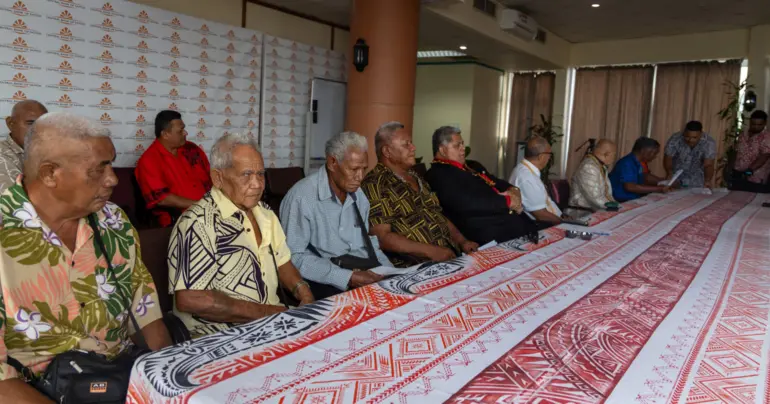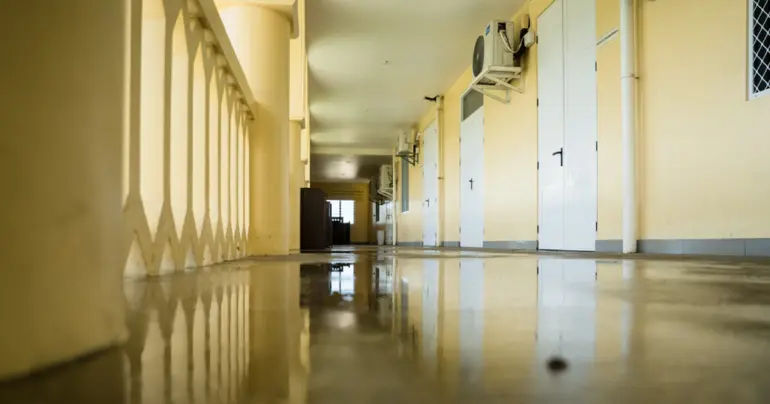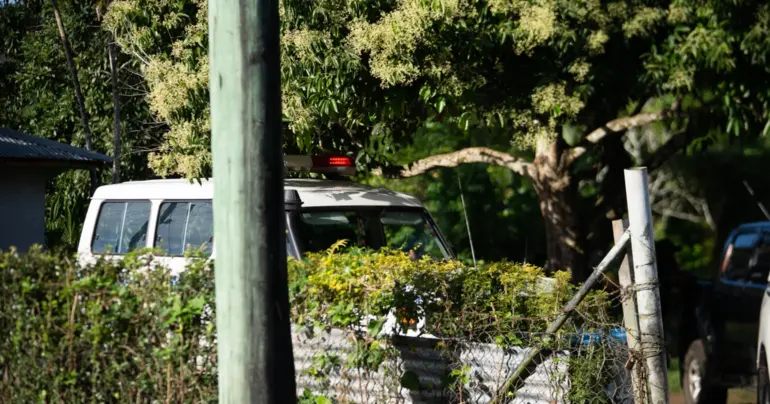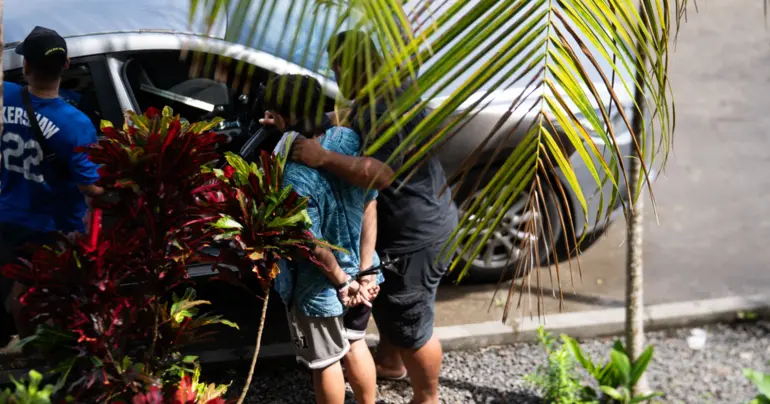The Ti’avea Airport downgrade. Should someone be held responsible?
 By Alexander Rheeney
•
18 October 2019, 12:00AM
By Alexander Rheeney
•
18 October 2019, 12:00AM
If we are to create a paper trail on the Government’s Ti’avea Inter-Island Airport Project, it would start in September last year, when the Samoa Observer broke the story on Cabinet awarding the construction contract to a local company.
A week after breaking the story, this newspaper published an editorial that was scathing of the Cabinet’s decision to invest public funds in a new airport project. The editorial warned that the airport project could end up becoming another white elephant, joining the list of other failed taxpayer-funded government projects.
The location of the proposed aerodrome was also suspect with fears that travelers – who will fly to Pago Pago in American Samoa and return from the American territory – forking out over $100 tala in taxi fares each way.
Our readers also debated the rationale of constructing a new airport at Ti’avea, though one reader argued that the new airport is critical to progressing the building of the proposed Aleipata township in the east of Upolu Island.
Amid scrutiny by the public and this newspaper, the Government through Deputy Prime Minister Fiame Naomi Mata’afa signed an agreement in April this year with the Ti’avea Village Council. The agreement set the parameters for the compensation of families who gave up land for the project. A total of $10 million was appropriated for the airport’s construction with $4 million earmarked as compensation for the families.
Fast forward to October 2019 – 14 months after Cabinet gave the nod for the project to go ahead – the Minister of Works, Transport and Infrastructure, Papali’i Niko Lee Hang, has advised Ti’avea will now mainly be used for “emergency landing”.
No further details were given on the downgrade in the status of the proposed airport, though the Minister did say the Government had discovered the aerodrome is being built on swampland. The discovery was made after the Ministry-authored environmental impact assessment (EIA) report was completed.
It is mind boggling how the EIA – which is normally done to identify in detail the most significant environmental impacts of the construction – did not investigate the suitability of the land for such a project. It is standard practice for an EIA – irrespective of whether it is a private sector-led or Government project – to investigate the physical environment of the project site, in order to determine the geology, topography and soil type.
Undertaking a comprehensive EIA, prior to the project proposal being submitted to Cabinet for approval, would have enabled the Minister and the Government to avoid the embarrassment of discovering the waterlogged land with civil works already at an advanced stage.
So what is your definition of a comprehensive EIA? Well, for us, there would be a lot of factors to consider. For a project such as this, the Government would have to examine the impact on the local population at Ti’avea, the impact on their health and quality of life, the impact on the local flora and fauna (biodiversity), the soil and geological structure of the construction site, impact on waterways, air quality and climate change, impact on material assets and even culture.
Nonetheless someone should be held accountable for the gross oversight, which has already seen resources and millions of tala expended on this project, only to see it get a downgrade from a fully-fledged airport to one that will mainly cater for “emergency landings”.
On top of that how safe would the aerodrome be – after the completion of civil works and the commissioning for aircraft landings – knowing the soil and geological structure of the land at Ti’avea?
What guarantee can the Government give to the global aviation community for the safety of an aircraft, its crew and its passengers should a pilot opt to landing at Ti’avea?
And has someone from Government taken time to travel to Ti’avea, to explain to the community there, that the newly built airport has been downgraded and will now mainly be used for emergency landing?
If the EIA – which was submitted to the Cabinet by the relevant Government agency as part of the Ti’avea Inter-Island Airport Project – did not capture critical data on the soil and geological structure of the land at Ti’avea, then it makes one wonder what else is slipping through the country’s most powerful governing body without the proper checks and balances.
We would have been happy to give the Government a list of potential projects, where we think the $14 million could have been used to save and improve lives of ordinary citizens.
Have a lovely Friday Samoa and God bless.
 By Alexander Rheeney
•
18 October 2019, 12:00AM
By Alexander Rheeney
•
18 October 2019, 12:00AM










